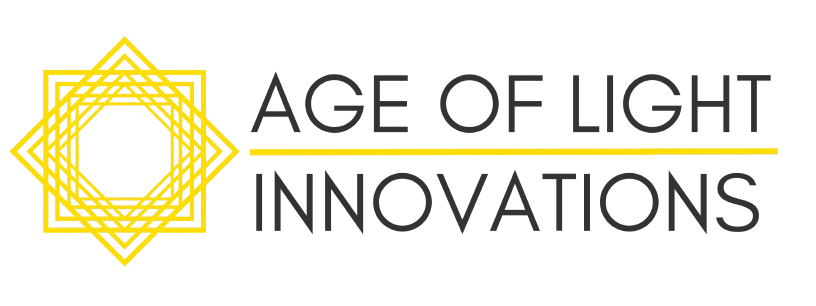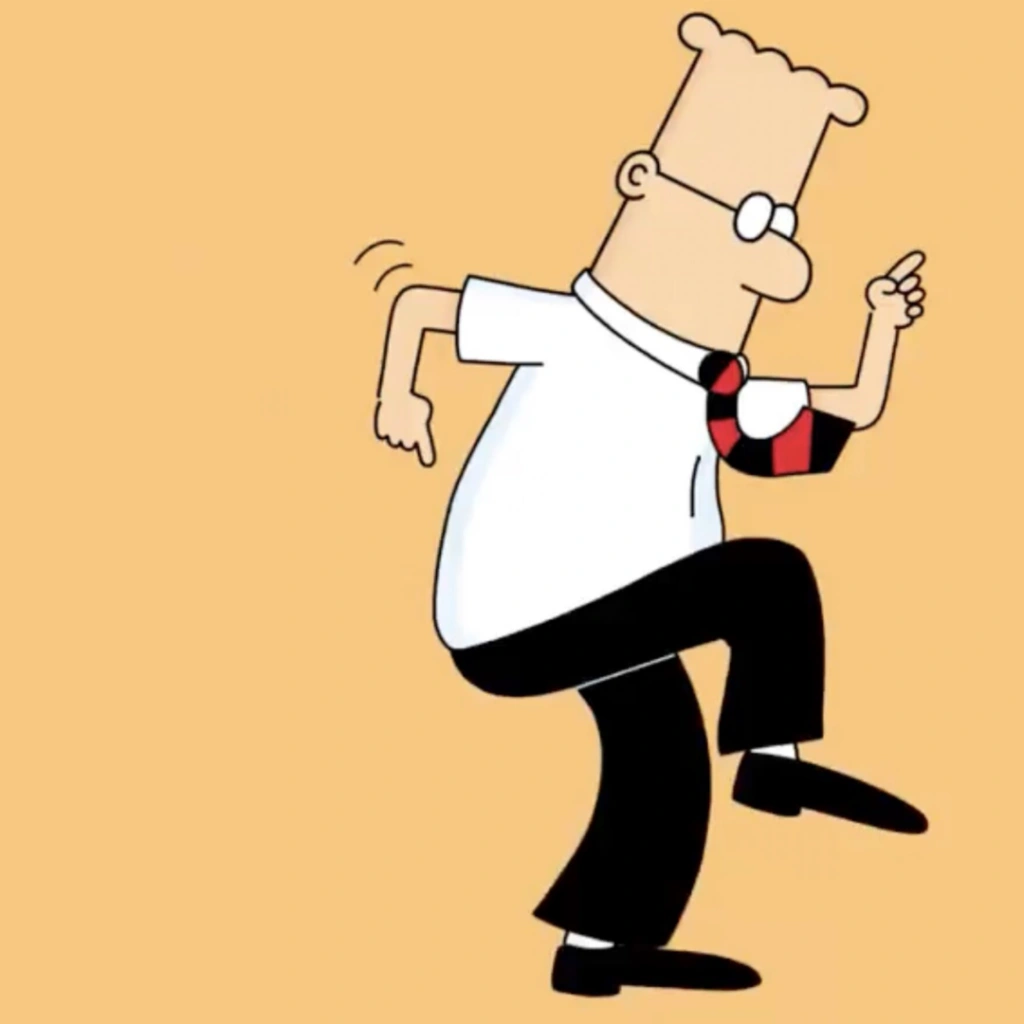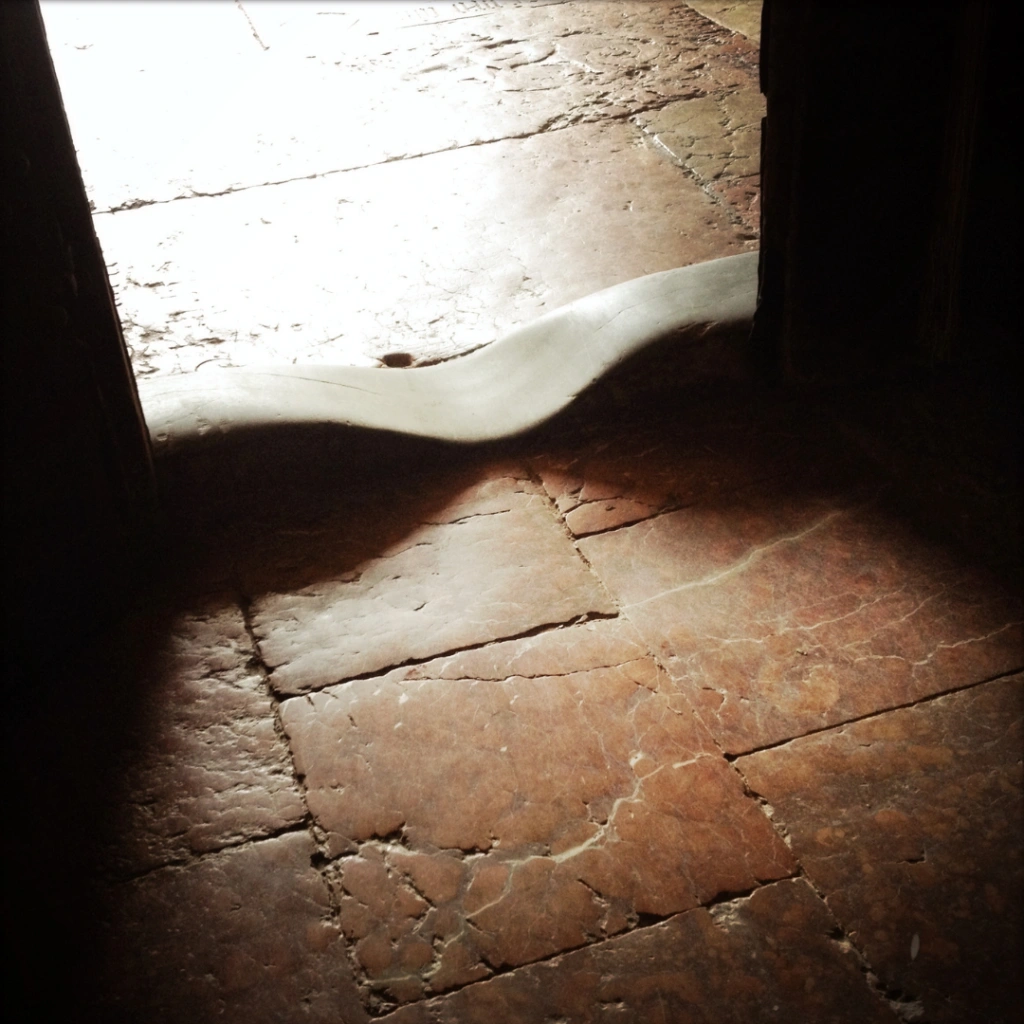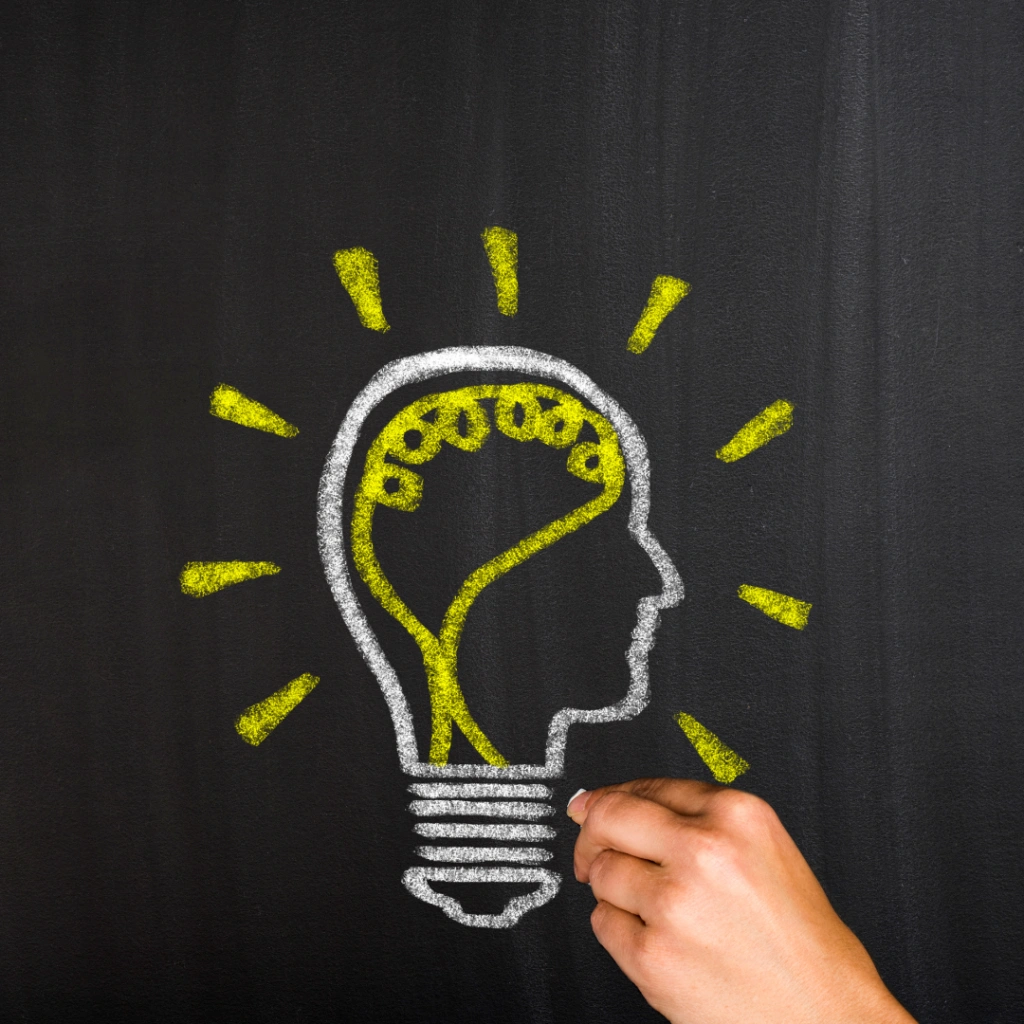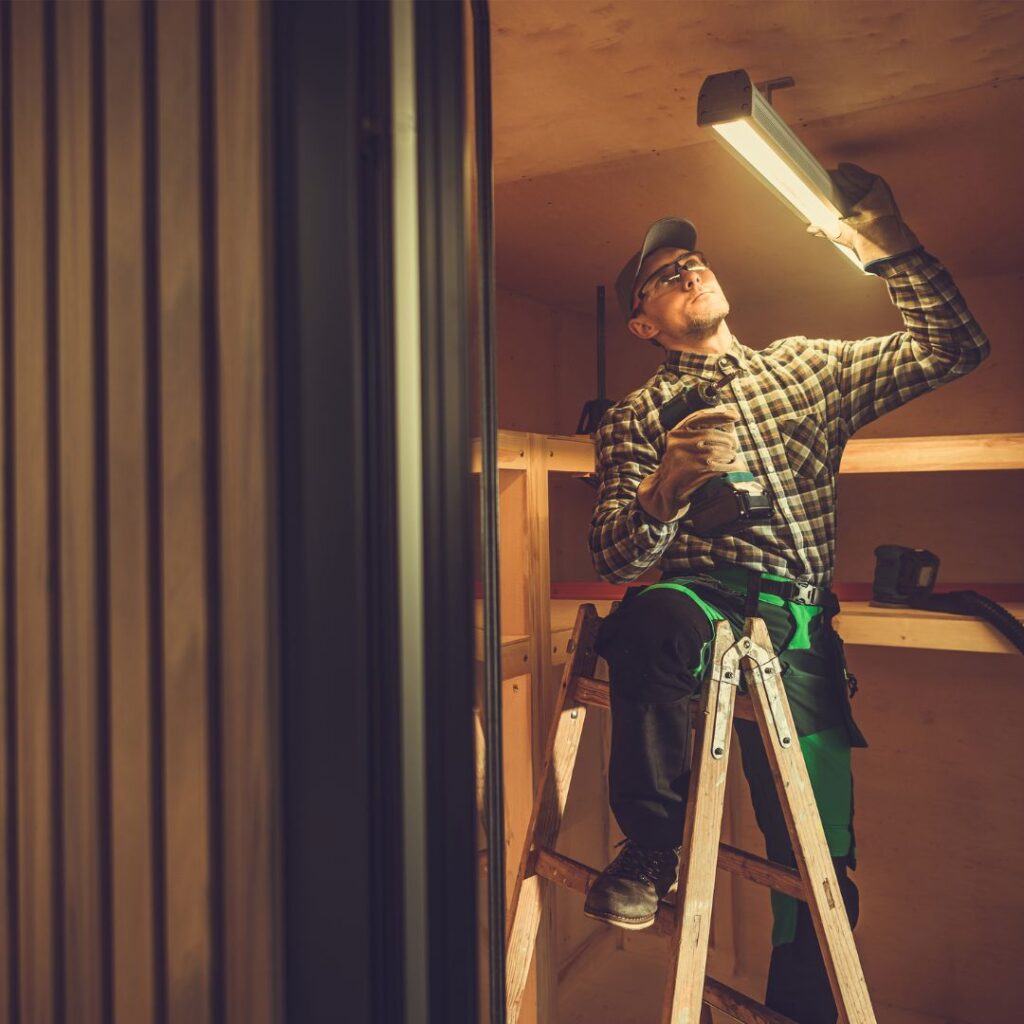Massacre of the Dilberts – and ant colony optimisation
The massacre of the Dilberts A phrase coined by Governor of the Bank of England Mark Carney back in 2018 to describe the impact of automation on millions of routine white-collar workers – Tech Upheaval Means a ‘Massacre of the Dilberts,’ BOE’s Carney Says. So what does that mean for all of us ‘Dilberts’ in the […]
Massacre of the Dilberts – and ant colony optimisation Read More »
